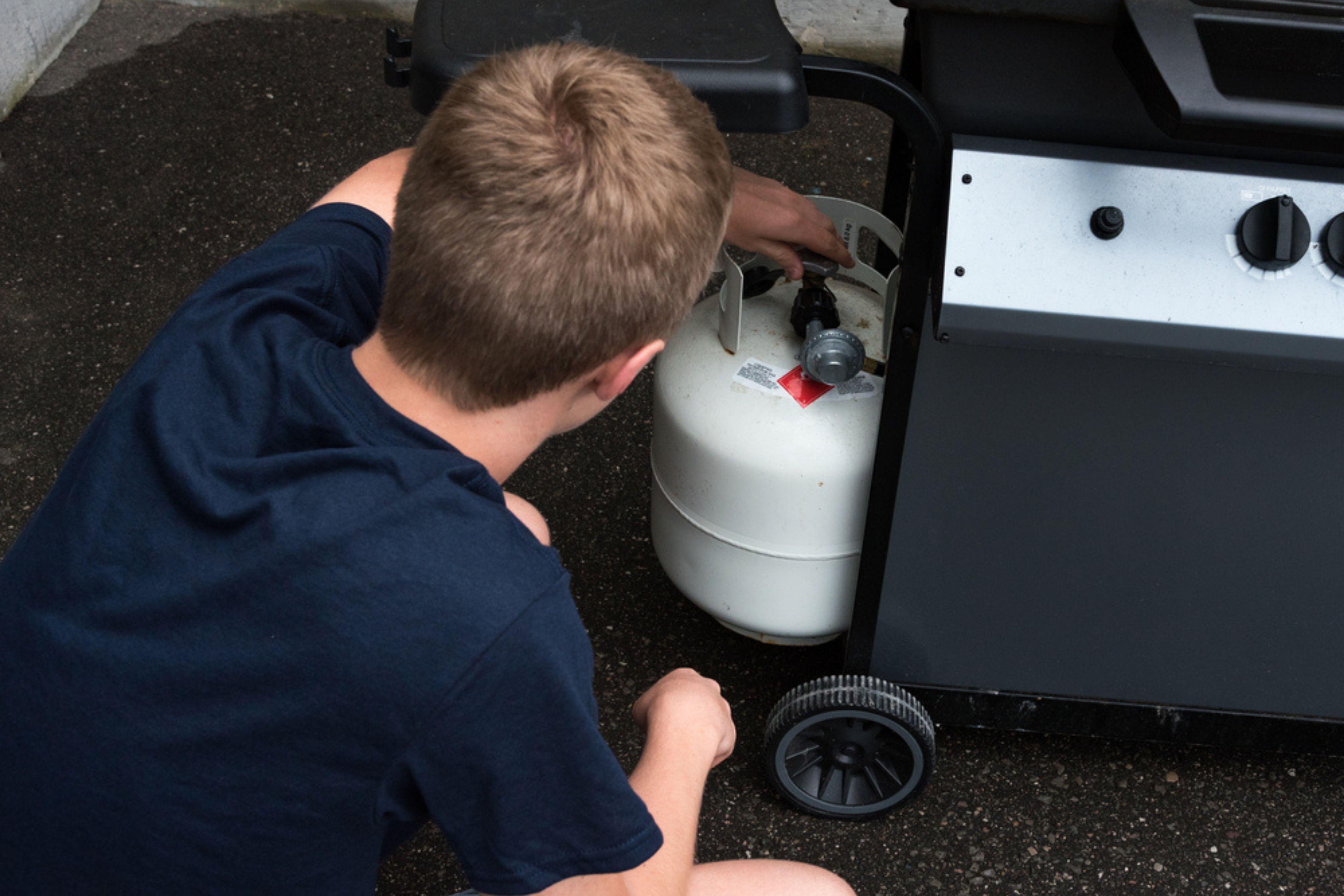Safely Handling Propane Tanks During Your Move
Safely Handling Propane Tanks During Your Move: Moving can be a hectic process, especially when it comes to dealing with potentially hazardous items like propane tanks. Whether you’re moving across town or to a new state, it’s crucial to handle propane tanks with care for everyone’s safety. Here’s what you need to know about safely managing propane tanks during your move:
Safely Handling Propane Tanks During Your Move
1. Check Local Regulations: Before you start packing, research your current and future locations’ regulations regarding propane tanks. Some areas have specific rules about transporting propane, so it’s essential to be aware of them.
2. Empty the Tank: Propane tanks should always be transported empty. Use up the propane in your tank well before moving day to ensure it’s as light as possible. This step also reduces the risk of leaks during transit.
3. Detach and Seal: If your propane tank is connected to a grill or appliance, disconnect it carefully. Close the valve tightly to prevent any residual gas from escaping. Make sure there are no open flames or ignition sources nearby during this process.
4. Secure the Tank: Propane tanks should be transported in an upright position. Use a sturdy crate or box designed for propane tank transport to prevent tipping and rolling during transit. Ensure the tank is securely fastened in place to prevent it from moving around in the vehicle.
5. Ventilation: If you’re moving a propane tank inside a vehicle, make sure there’s adequate ventilation. Propane can build up in an enclosed space, creating a potentially dangerous situation. Crack a window or ensure there’s airflow to prevent this.
6. Transport in Your Vehicle: Propane tanks should not be transported in a moving van with your household belongings. Instead, they should be placed securely in your personal vehicle. This separation helps reduce the risk of accidents involving propane and other household goods.
7. Handle with Care: Treat propane tanks gently. Avoid dropping or banging them, as this can damage the tank and potentially cause leaks.
8. Leak Check: Before and after your move, conduct a leak check. Use a solution of soapy water and apply it to the valve, connections, and seams. If you see bubbles forming, there’s a leak. In this case, contact a propane professional immediately.
9. Reinstallation: Once you’ve safely arrived at your new home, reattach the propane tank to your grill or appliance following manufacturer instructions. Make sure all connections are secure before using it again.
10. Professional Assistance: If you’re unsure about handling propane tanks or have concerns about transporting them, it’s best to seek professional assistance. Propane suppliers or moving companies with experience in transporting hazardous materials can offer guidance and services.
By following these guidelines, you can safely manage propane tanks during your move, ensuring the well-being of both your family and the items you’re transporting. For a smooth and secure move, consider enlisting the help of a reputable moving company like Moving Company Los Angeles.




